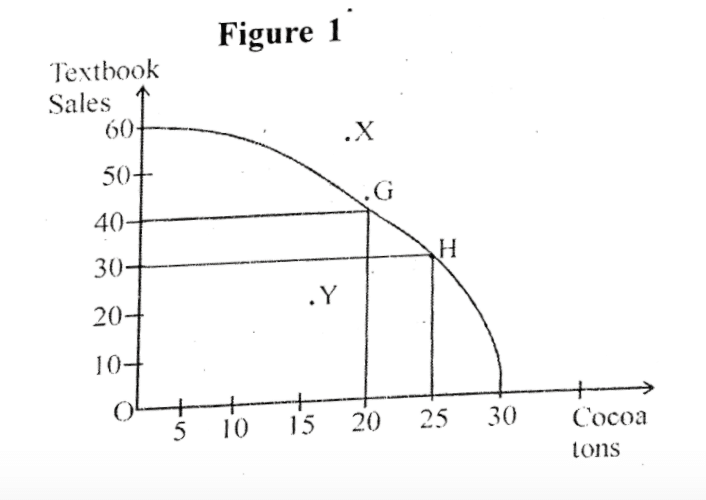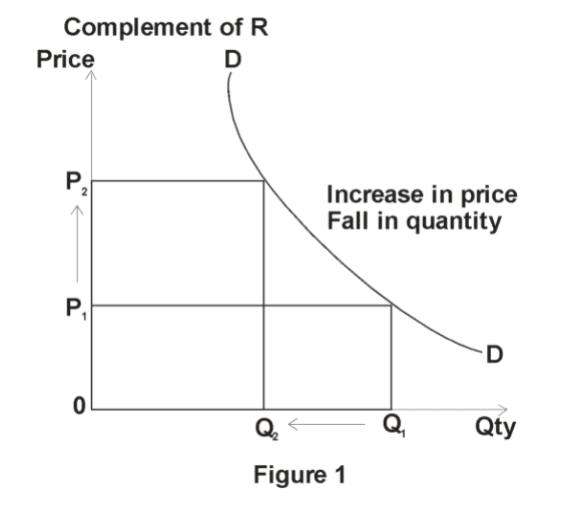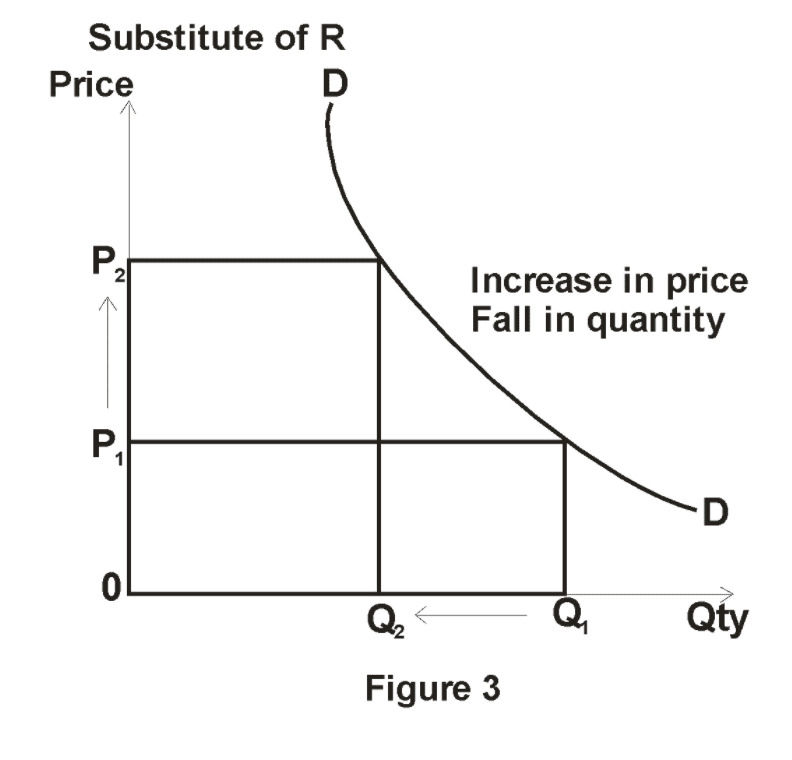WAEC: ECONOMICS
Quizzes
-
2021 Economics WAEC Objective Past Questions
-
2021 Economics WAEC Theory Past Questions
-
2020 Economics WAEC Objective Past Questions
-
2020 Economics WAEC Theory Past Questions
-
2019 Economics WAEC Objective Past Questions
-
2019 Economics WAEC Theory Past Questions
-
2018 Economics WAEC Objective Past Questions
-
2018 Economics WAEC Theory Past Questions
-
2017 Economics WAEC Objective Past Questions
-
2017 Economics WAEC Theory Past Questions
-
2016 Economics WAEC Objective Past Questions
-
2016 Economics WAEC Theory Past Questions
-
2015 Economics WAEC Objective Past Questions
-
2015 Economics WAEC Theory Past Questions
-
2014 Economics WAEC Objective Past Questions
-
2014 Economics WAEC Theory Past Questions
Quiz Summary
0 of 8 Questions completed
Questions:
Information
You have already completed the quiz before. Hence you can not start it again.
Quiz is loading…
You must sign in or sign up to start the quiz.
You must first complete the following:
Results
Results
0 of 8 Questions answered correctly
Your time:
Time has elapsed
You have reached 0 of 0 point(s), (0)
Earned Point(s): 0 of 0, (0)
0 Essay(s) Pending (Possible Point(s): 0)
Categories
- Not categorized 0%
- 1
- 2
- 3
- 4
- 5
- 6
- 7
- 8
- Current
- Review
- Answered
- Correct
- Incorrect
-
Question 1 of 8
1. Question
SECTION A
Answer one question only from Section A.
Table 1 below shows the number of workers engaged by an agricultural firm over a period of time. Study it and answer the questions that follow.
Table 1
Number of
workersTotal
ProductMarginal
productAverage
product0 0 0 0 1 20 20 20 2 50 30 Z 3 70 20 23.3 4 80 Y 20 5 80 0 16 6 X -9.8 11.7 (a) Calculate the values of X, Y, and Z
(b) At what level of employment of labour does the firm experience:
(i) increasing returns
(ii) decreasing returns
(iii) negative returns.
(c) State the law of diminishing returns
(d) (i) On a graph sheet, draw the total product and the marginal product curve.
(ii) State any two relationships between the two curves in (d)(i) above.
-
This response will be reviewed and graded after submission.
Grading can be reviewed and adjusted.Grading can be reviewed and adjusted. -
-
Question 2 of 8
2. Question
SECTION A
Answer one question only from Section A.
Figure1 below represents the production possibility curve of a nation.
Use it to answer the questions that follow.

(a) What is the opportunity cost of:
(i) producing 30 units of cocoa.
(ii) Increasing textile production from 30 to 40 bales?
(b) Interpret the following points as found in the graph:
(i) Point Y
(ii) Point G
(iii) Point X
(c) List three conditions that can enable the nation to produce at point X.
(d) State two basic economic concepts illustrated in the diagram above.
(e) (i) Define production possibility curve
(ii) What does the slope of the production possibility curve indicate?
-
This response will be reviewed and graded after submission.
Grading can be reviewed and adjusted.Grading can be reviewed and adjusted. -
-
Question 3 of 8
3. Question
SECTION B
(a) Define consumer goods.
(b) Explain the following forms of capital with an example each
(i) Fixed capital
(ii) Social capital
(iii) circulating capital
(c) Outline three reasons for the low level of saving in a country
-
This response will be reviewed and graded after submission.
Grading can be reviewed and adjusted.Grading can be reviewed and adjusted. -
-
Question 4 of 8
4. Question
(a) Distinguish between the following pairs of terms:
(i) capital expenditure and recurrent expenditure
(ii) fiscal policy and monetary policy
(b) Explain four reasons why the government of a country imposes taxes
-
This response will be reviewed and graded after submission.
Grading can be reviewed and adjusted.Grading can be reviewed and adjusted. -
-
Question 5 of 8
5. Question
(a) Define tariff
(b) State the following laws:
(i) The law of absolute cost advantage
(ii) The law of comparative cost advantage
(c) Outline any four assumptions behind the law of comparative cost advantage.
-
This response will be reviewed and graded after submission.
Grading can be reviewed and adjusted.Grading can be reviewed and adjusted. -
-
Question 6 of 8
6. Question
(a) What is money?
(b) Explain the following concepts
(i) Value of money
(ii) Demand for money
(c) Identify any four determinants of transactions demand for money
-
This response will be reviewed and graded after submission.
Grading can be reviewed and adjusted.Grading can be reviewed and adjusted. -
-
Question 7 of 8
7. Question
(a) Distinguish between competitive demand and joint demand
(b) using diagrams, explain how the following factors will affect the equilibrium price and quantity of commodity R in the market:
(i) an increase in the price of the complement of commodity R;
(ii) an increase in price of a substitute of commodity R
(iii) imposition of an indirect tax on commodity R.
-
This response will be reviewed and graded after submission.
Grading can be reviewed and adjusted.Grading can be reviewed and adjusted. -
-
Question 8 of 8
8. Question
(a) Differentiate between subsistence farming and commercial farming
(b) State four features of subsistence farming.
(c) Outline two positive and two negative effects of mining on the economy of West African countries.
-
This response will be reviewed and graded after submission.
Grading can be reviewed and adjusted.Grading can be reviewed and adjusted. -









Responses